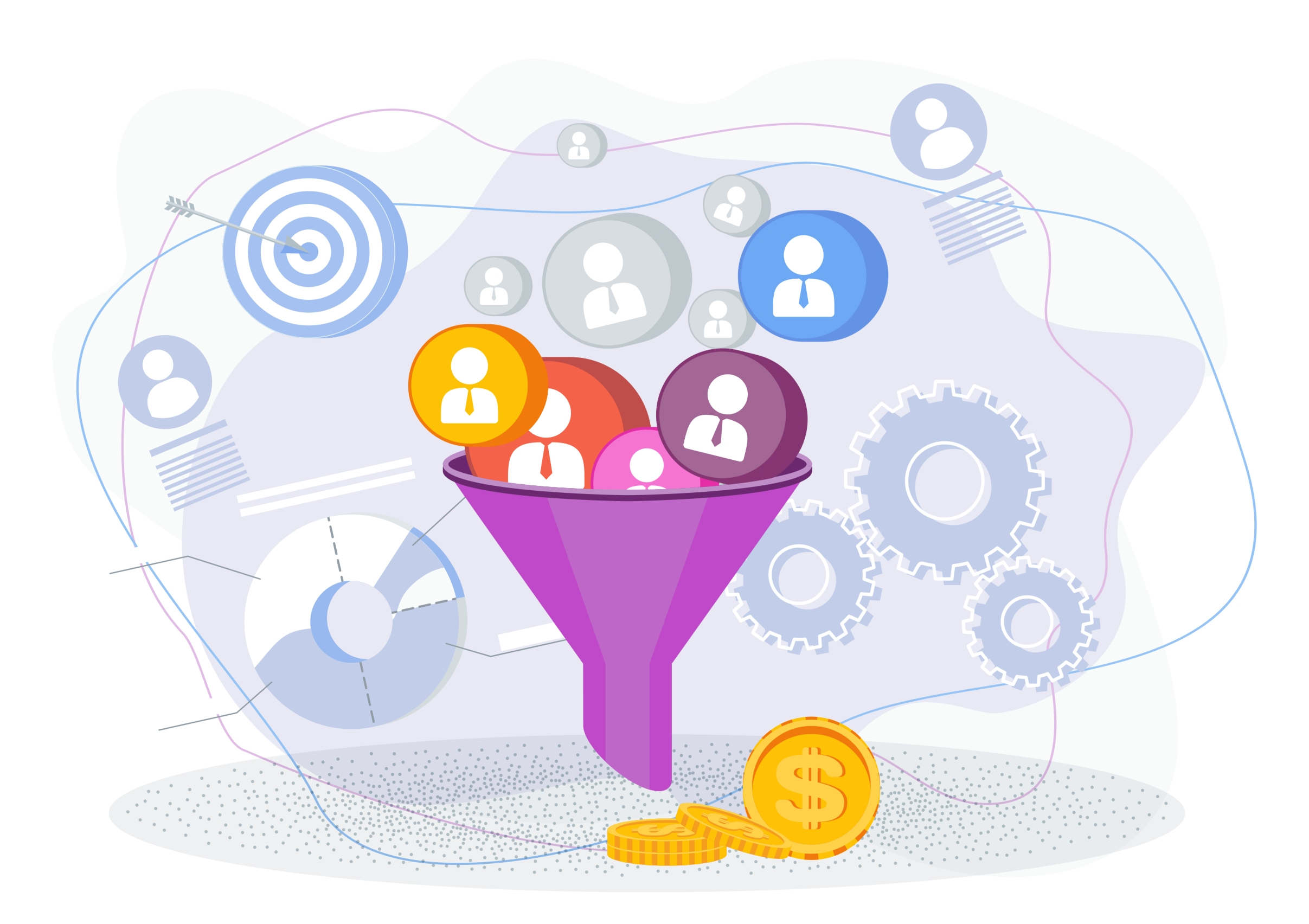Lead nurturing is a critical process in B2B business that aims to build relationships with potential customers, guide them through the sales funnel, and ultimately convert them into paying customers. In this article, we will explore what lead nurturing is, why it’s important for B2B businesses, and how to create an effective lead nurturing strategy.
What is Lead Nurturing?
Lead nurturing is a strategic process that involves engaging potential customers with valuable information and resources at every stage of the buyer journey. The goal of lead nurturing is to build relationships with potential customers, establish credibility, and ultimately convert them into paying customers.
In B2B business, lead nurturing is particularly important because it can take longer to close a sale and the stakes are often higher. According to research by Forrester, 64% of B2B marketers say that their sales cycles have increased over the past few years, and 85% say that the length of their sales cycle is three months or longer.
Why is Lead Nurturing Important for B2B Business?
Lead nurturing is essential for B2B business for several reasons. First, it helps build trust with potential customers by providing them with valuable information and resources. This can help establish your business as a trusted source of information and solutions.
Second, lead nurturing can help shorten the sales cycle by providing potential customers with the information they need to make a purchase decision. By providing targeted content and personalized communication, you can move potential customers through the sales funnel more quickly.
Third, lead nurturing can help improve the quality of your leads by providing targeted content and resources that address the specific needs and pain points of your target audience. This can help ensure that your sales team is working with leads that are more likely to convert into paying customers.
How to Create an Effective Lead Nurturing Strategy
Creating an effective lead nurturing strategy requires a deep understanding of your target audience, their needs, and their pain points. Here are the key steps to creating an effective lead nurturing strategy:
- Identify Your Target Audience: The first step in creating an effective lead-nurturing strategy is to identify your target audience. This includes understanding their needs, pain points, and the challenges they face.
- Develop Buyer Personas: Once you have identified your target audience, the next step is to develop buyer personas. These are fictional representations of your ideal customers and can help you create targeted content and personalized communication that resonates with your audience.
- Create Valuable Content: The next step is to create valuable content that addresses the specific needs and pain points of your target audience. This can include blog posts, whitepapers, ebooks, webinars, and more.
- Choose the Right Channels: The key to effective lead nurturing is choosing the right channels to reach your target audience. This can include email marketing, social media marketing, content marketing, and more.
- Use Marketing Automation: Marketing automation software can be a powerful tool for lead nurturing. By using automation, you can save time and resources while still providing personalized and relevant information to your prospects.
- Track and Analyze Your Results: To optimize your lead nurturing strategy, it’s important to track and analyze your results. This includes monitoring your campaigns, analyzing your data, and making adjustments to improve your results over time.
Benefits of an Effective Lead Nurturing Strategy
An effective lead nurturing strategy can provide several benefits for B2B businesses. Here are some of the key benefits:
- Improved Conversion Rates: According to research by Marketo, companies that excel at lead nurturing generate 50% more sales-ready leads at a 33% lower cost. By providing valuable information and resources to potential customers at every stage of the buyer journey, you can increase the likelihood of converting them into paying customers.
- Shorter Sales Cycle: Lead nurturing can help move potential customers through the sales funnel more quickly by providing targeted content and personalized communication. This can help shorten the sales cycle and reduce the amount of time and resources needed to close a sale.
- Improved Lead Quality: By providing targeted content and resources that address the specific needs and pain points of your target audience, lead nurturing can help improve the quality of your leads. This can help ensure that your sales team is working with leads that are more likely to convert into paying customers.
- Increased Customer Lifetime Value: By building relationships with potential customers through lead nurturing, you can increase customer lifetime value. This can lead to repeat business and referrals, which can help grow your business over time.
- Cost-Effective: Compared to traditional marketing methods like advertising, lead nurturing can be a more cost-effective way to generate leads and convert them into paying customers. By providing targeted content and personalized communication, you can generate more leads at a lower cost.
Conclusion
In conclusion, lead nurturing is a critical process in B2B business that aims to build relationships with potential customers, guide them through the sales funnel, and ultimately convert them into paying customers. By creating an effective lead nurturing strategy that includes identifying your target audience, developing buyer personas, creating valuable content, choosing the right channels, using marketing automation, and tracking your results, you can improve conversion rates, shorten the sales cycle, improve lead quality, increase customer lifetime value, and save costs.
References:
- Forrester. “The State of B2B Marketing 2021.” 2021.
- Marketo. “The Definitive Guide to Lead Nurturing.” 2014.
- DemandGen. “2018 B2B Buyers Survey Report.” 2018.
- Salesforce. “2016 State of Marketing Report.” 2016.





